She has become prime minister in the midst of a severe cost of living crisis, on the back of a leadership campaign in which tax cuts were promised on an incontinent basis.
All this is coming at a time when there are enormous demands on the public purse and an unprecedented need to alleviate real suffering and worse this winter.
And she arrives with, at best, a nebulous plan to boost economic growth to pay for it all.
It’s fair to say Liz Truss needs all the help she can get.
Let me, therefore, make a suggestion that would save (or at least prevent the squandering of) tens of billions of pounds that could otherwise be devoted to the pressing needs of our fellow citizens and invested in the productive economy.
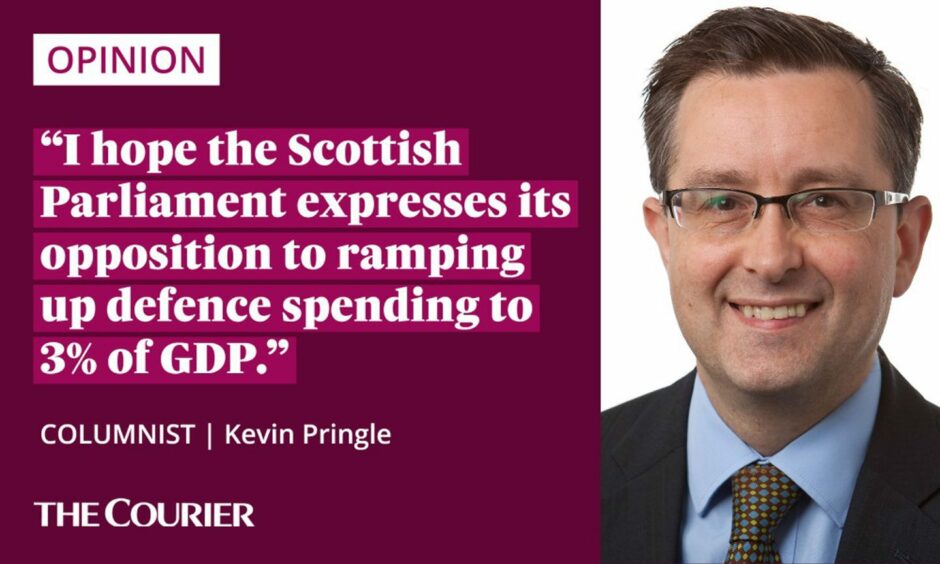
I refer to Liz Truss’s rash, and in my view wholly unnecessary, pledge to increase defence spending to 3% of gross domestic product (GDP) by 2030.
This would be a huge hike from the UK’s current level of just over 2%, which already meets Nato’s target.
Liz Truss defence plans will cost billions
According to analysis by the Royal United Services Institute, an expert think tank, pushing up the military budget so far and so fast would require an increase of some 60% in real terms.
This, it says, would be “equivalent to about £157 billion in additional spending over the next eight years, compared with current planning assumptions.”
In historical terms, the last time Britain’s defence budget was supersized to this extent was in the early 1950s, during the Korean War.
Ms Truss should take cautionary note that the rearmament programme of more than 70 years ago was beyond the country’s resources, and was scuppered the Labour government led by Clement Attlee.
That may be the only similarity between these two prime ministers.
Russia to blame for Liz Truss defence pledges
Vladimir Putin’s brutal invasion of Ukraine has instigated Ms Truss’s proposed rush to rearmament now.
However, to paraphrase George Orwell’s classic novel 1984, it’s worth reminding ourselves that we are not at war with either Eurasia or Eastasia.
The British government should not restructure the profile of public expenditure in favour of the Ministry of Defence, as if we were facing armed conflict.
As has been clear for months, Russia is incapable of occupying and suppressing all or even most of Ukraine, and may struggle to hold what it has.
There is no reason, therefore, why we should be responding as if Russia’s rogue leader represented a generalised and permanent military threat to the whole of Europe and the West.
We should be helping Ukraine with substantial aid and extensive sanctions for moral reasons and in support of the rule of law – not because of a bogus threat that Russia is going to march into country after country and drag us into war.
Security threats come from other sources
Mikhail Gorbachev was something of a forgotten man when he died.
The last leader of the USSR had undoubted achievements, but didn’t realise his vision of a co-operative “common European home”, stretching “from the Atlantic to the Urals”.
In today’s world, we face major security concerns of an economic and environmental nature.
Millions of people across the UK are in deep trouble as inflation and bills soar, and we face the global emergency of climate change.
Ms Truss should do herself and all of us a service by prioritising these areas for additional funding, not the armed forces.
I hope the Scottish Parliament expresses its opposition to ramping up defence spending to 3% of GDP.
And if the UK does go ahead, an independent Scotland could make big savings by reversing it.
As economists tell us, resources are finite and governments can’t sustain heavy spending on guns and butter at the same time.
Choices must be made.
I vote butter.
Kevin Pringle is a former special adviser to the First Minister in the Scottish Government from 2007-12. Thereafter he was the SNP’s communications director during the independence referendum campaign and through to the 2015 general election.
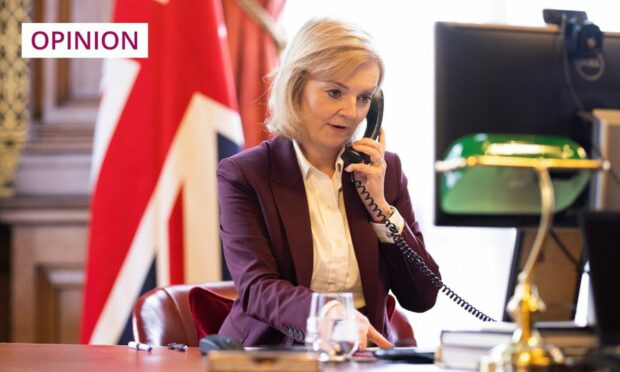
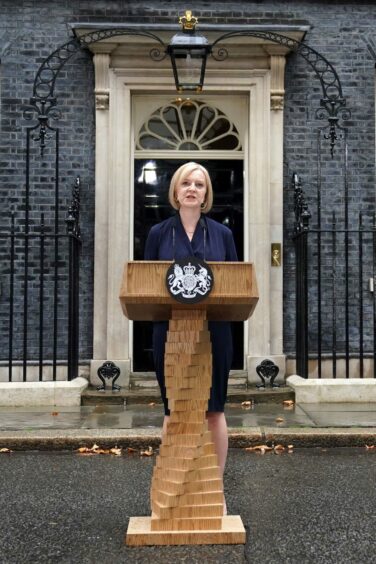
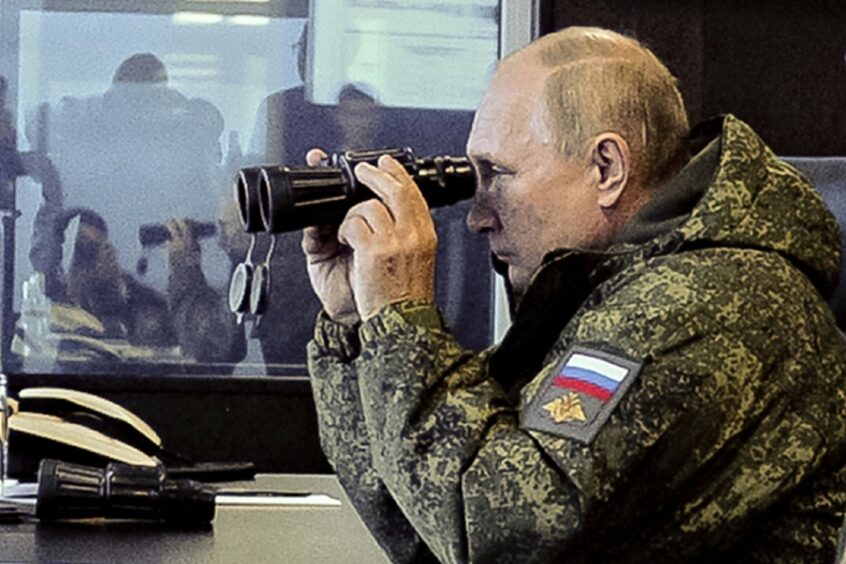
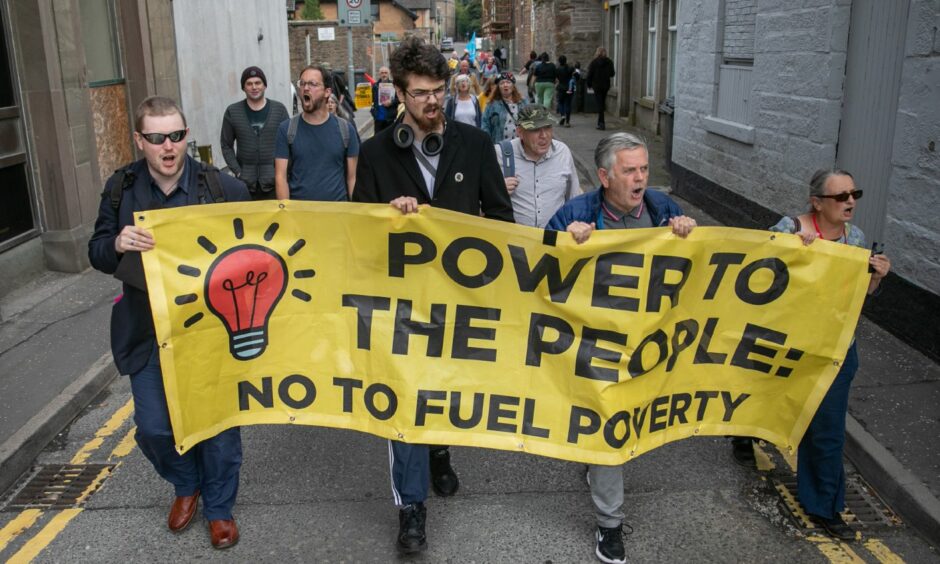
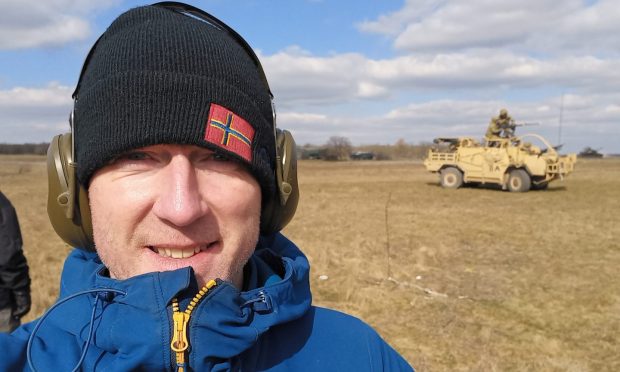
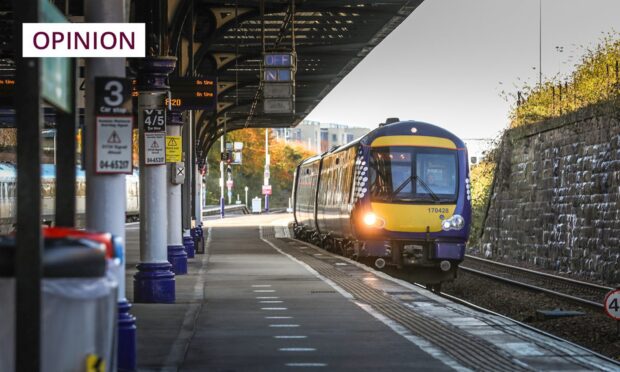
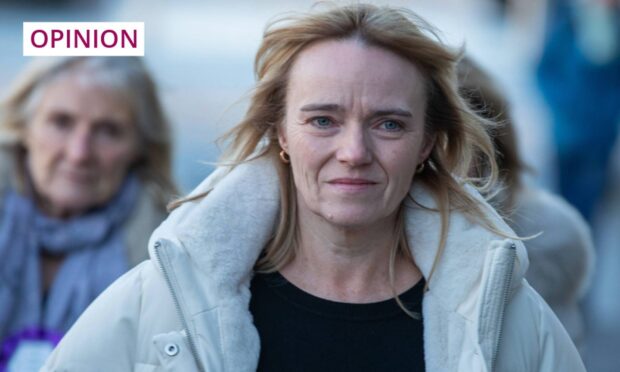
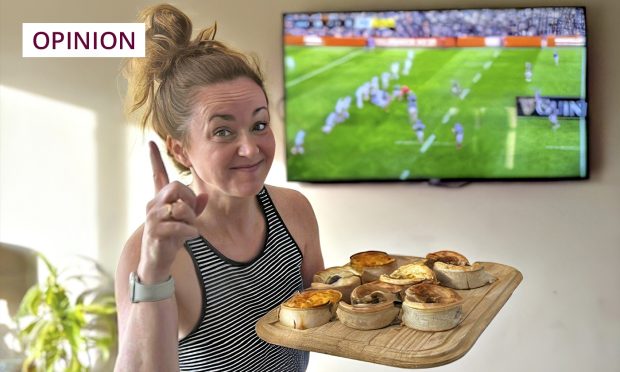
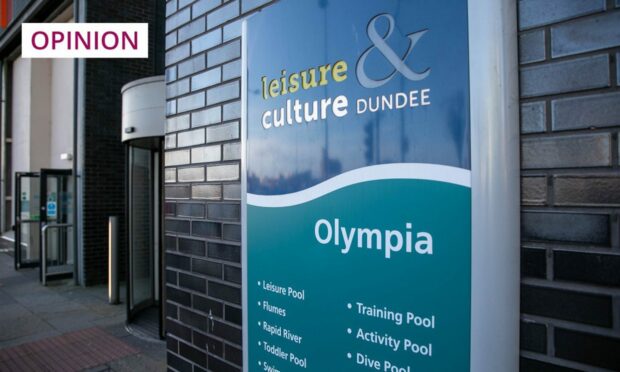
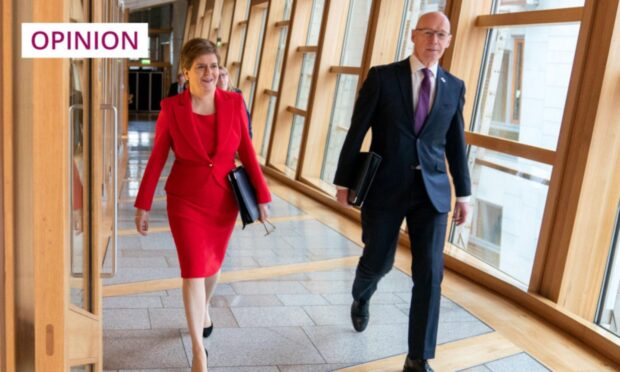
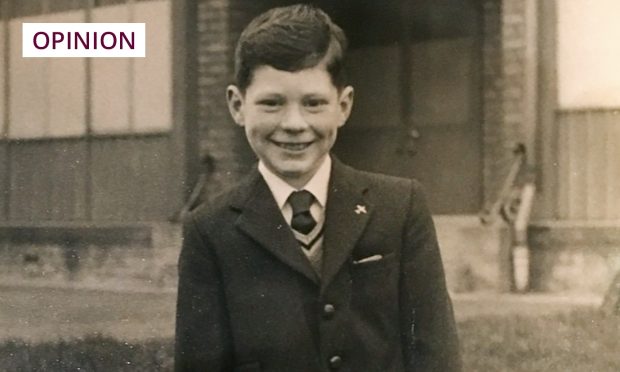
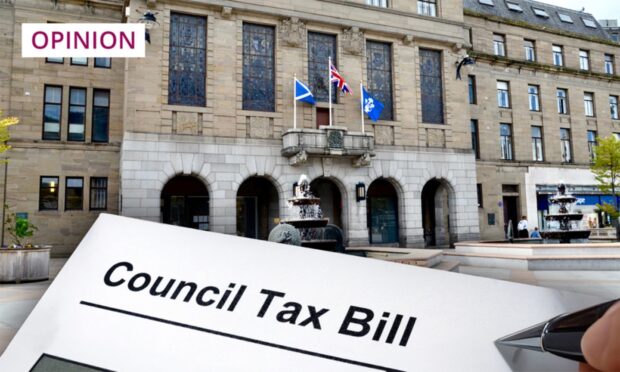
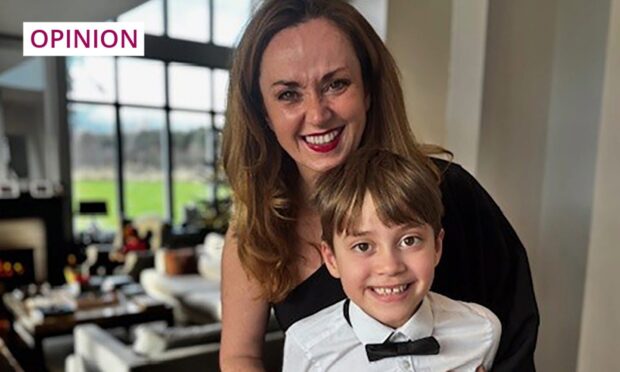
Conversation